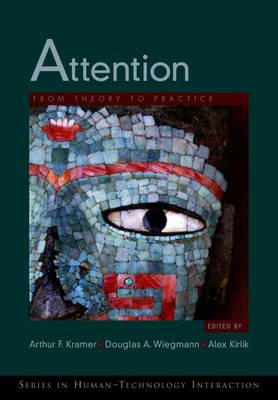
- Afhalen na 1 uur in een winkel met voorraad
- Gratis thuislevering in België vanaf € 30
- Ruim aanbod met 7 miljoen producten
- Afhalen na 1 uur in een winkel met voorraad
- Gratis thuislevering in België vanaf € 30
- Ruim aanbod met 7 miljoen producten
Zoeken
€ 160,45
+ 320 punten
Omschrijving
The study of attention in the laboratory has been crucial to understanding the mechanisms that support several different facets of attentional processing: Our ability to both divide attention among multiple tasks and stimuli, and selectively focus it on task-relevant information, while ignoring distracting task-irrelevant information, as well as how top-down and bottom-up factors influence the way that attention is directed within and across modalities. Equally important, however, is research that has attempted to scale up to the real world this empirical work on attention that has traditionally been well controlled by limited laboratory paradigms and phenomena. These types of basic and theoretically guided applied research on attention have benefited immeasurably from the work of Christopher Wickens. This book honors Wickens' many important contributions to the study of attention by bringing together researchers who examine real-world attentional problems and questions in light
of attentional theory. The research fostered by Wickens' contributions will enrich not only our understanding of human performance in complex real-world systems, but also reveal the gaps on our knowledge of basic attentional processes.
of attentional theory. The research fostered by Wickens' contributions will enrich not only our understanding of human performance in complex real-world systems, but also reveal the gaps on our knowledge of basic attentional processes.
Specificaties
Betrokkenen
- Auteur(s):
- Uitgeverij:
Inhoud
- Aantal bladzijden:
- 288
- Taal:
- Engels
- Reeks:
Eigenschappen
- Productcode (EAN):
- 9780195305722
- Verschijningsdatum:
- 28/12/2006
- Uitvoering:
- Hardcover
- Formaat:
- Genaaid
- Afmetingen:
- 254 mm x 180 mm
- Gewicht:
- 660 g

Alleen bij Standaard Boekhandel
+ 320 punten op je klantenkaart van Standaard Boekhandel
Beoordelingen
We publiceren alleen reviews die voldoen aan de voorwaarden voor reviews. Bekijk onze voorwaarden voor reviews.











